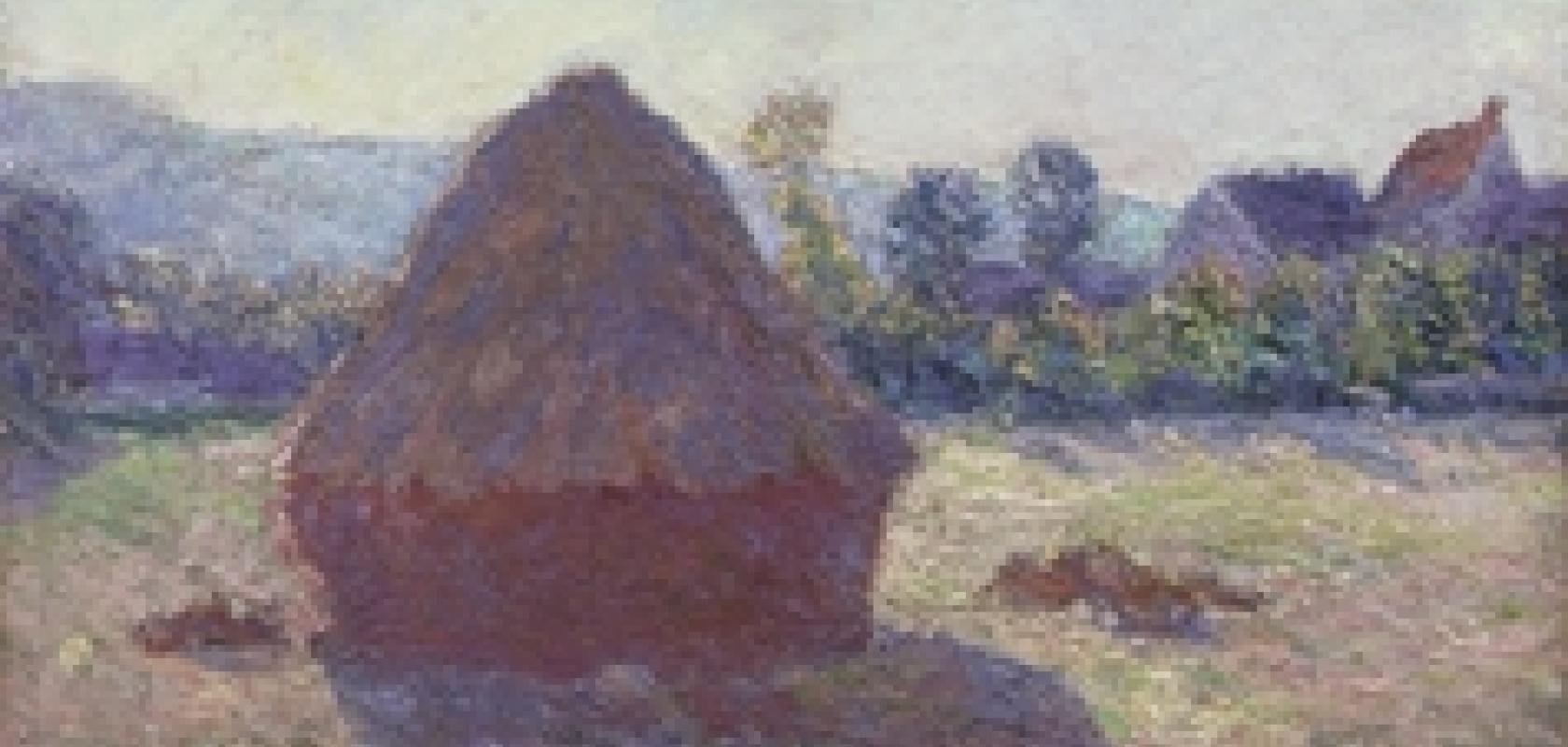A team at the University of Jyväskylä in Finland has used hyperspectral imaging to confirm that a painting from 1891, ‘A Haystack in the Evening Sun’, was a genuine work by the artist Claude Monet.
The painting has been owned by the Gösta Serlachius Fine Arts Foundation since the 1950s but it has not been authenticated so far because the signature is covered by paint. The researchers at the University’s department of mathematical information technology were able to reveal Monet's signature underneath a layer of paint using the hyperspectral imaging technique.
The work was examined at the University in the Recenart – Research Centre for Art multidisciplinary project in Mänttä, Finland. The study used a hyperspectral camera from Finnish company Specim.
‘The hyperspectral camera took an image of 256 different wavelengths simultaneously in the near-infrared region. This wavelength region is not visible to the human eye. Many of the painting’s pigments which have been used and are still used today are there in the wavelength range which is partially and even completely transparent. In this case, the light reflection can be measured from the surface layer and deeper,’ explained researcher Ilkka Pölönen.
‘The camera is principally operating as a scanner, which scans one line at a time. The optics includes a prism structure which diffuses the light’s wavelength order; a custom-made sensor is used capable of recording infrared radiation. When the camera is moved using the scanner an image of the whole picture can be obtained,’ he continued.
The camera produces one table with the spectral data. Monet's signature was applied to the data spectrum separation methods, which have been studied in the international research. ‘Spectral imaging and its many applications has been a favourite area of research. Two dissertations have already been published on this subject and have dealt with, among other things, medical and environmental science applications,’ said dean of the university Pekka Neittaanmäki.
Further information:


